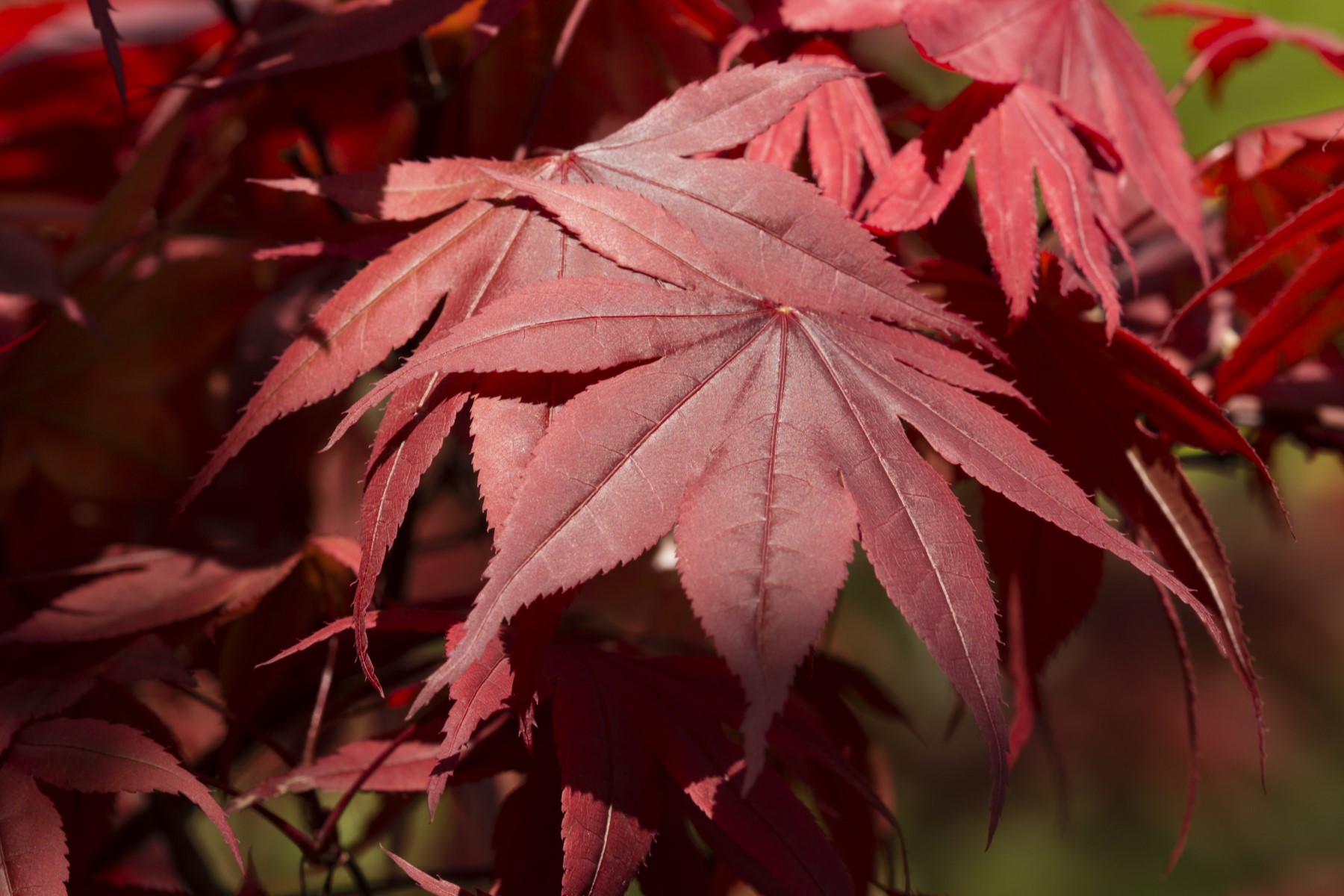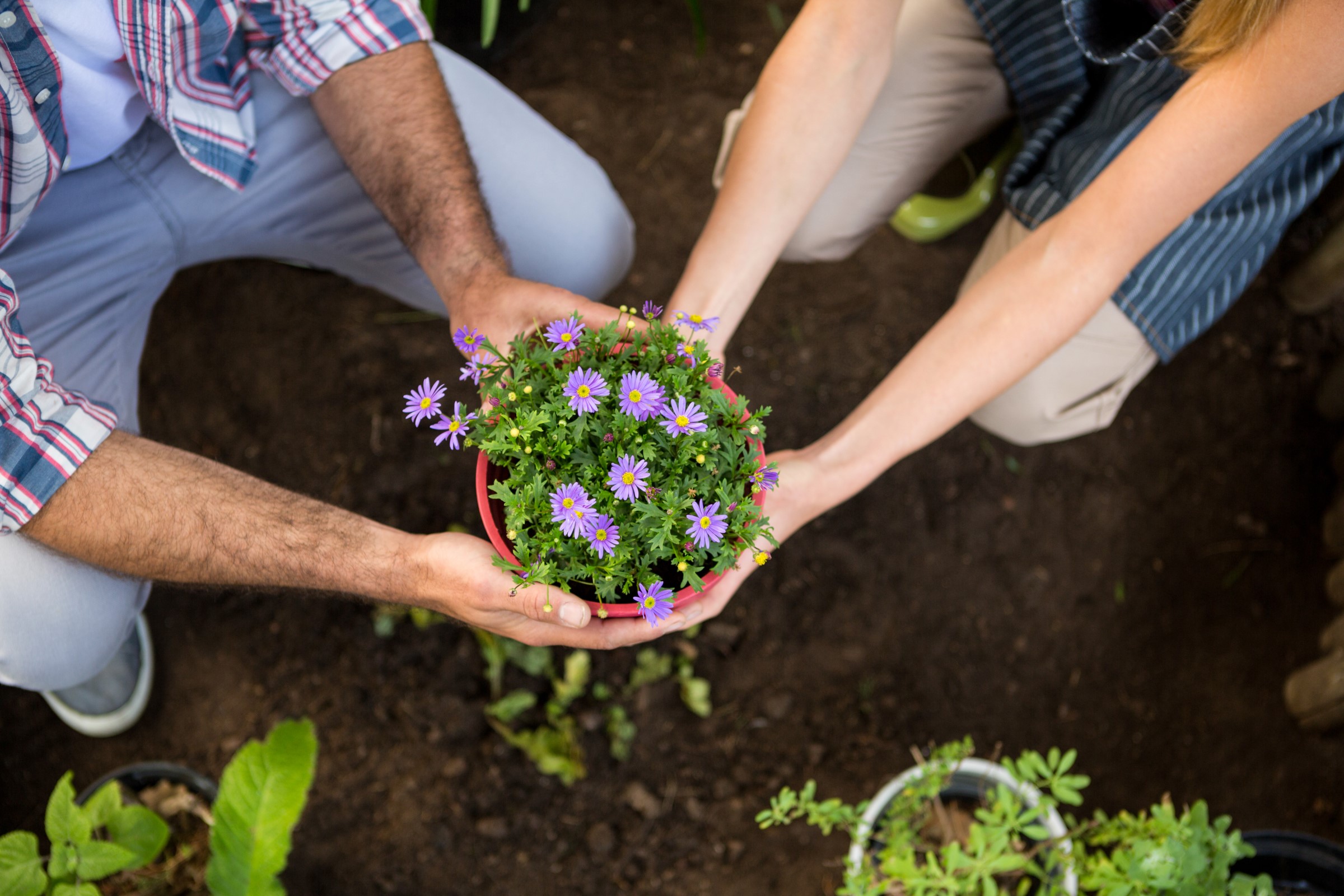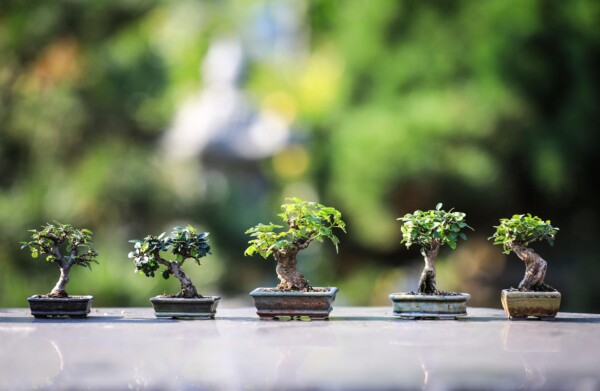Watch Videos
unraveldev2022-04-25T22:43:08-07:00
Plants for Pollinators
Learn about various types of perennial and annual plants that attract different pollinators such as bees, butterflies, and hummingbirds.
unraveldev2023-09-06T06:12:00-07:00
How to Prune Mugo Pines
Learn how to take special care when pruning to ensure that your mugo pine retains both its dwarf size and healthy growth.
unraveldev2023-09-06T06:12:58-07:00
How to Prune a Japanese Maple
Jon Bruyn is here to explain how to prune your Japanese Maple to keep it under-burdened and gorgeous to look at.
unraveldev2023-09-06T06:14:09-07:00
How to Prune Deciduous Trees
Jon Bruyn walks you through the intricacies of pruning deciduous trees to keep them healthy and strong without damaging them.
Read Helpful Tips
Plants & Trees Articles
Tips for Plants, Trees, and Shrubs
- Plant your plant in the ground as soon as possible, in a hole 2x the width of the root ball. Plants that have been planted in containers or not planted at all are not be covered by our warranty.
- Enrich your soil with much needed nutrients, we recommend G&B Organics Soil Building Conditioner and G&B Organics Purely Compost. The soil in our region has a tendency to be baron, planting without adding nutrients can put your plant at risk.
- Water! Plants without proper irrigation will not be covered by our warranty. For best results, add Superthrive to your first watering to reduce transplant shock.
- Staking may be necessary for trees or saplings. High winds can dislodge plants that are not appropriately staked. Without proper stakes, wind damage may not be covered by our warranty.
- Mulching in warmer months keeps root balls wet longer and reduces your water usage. Mulching in colder months prevents frost damage to roots.
- Fertilize, plants need food, too! For new plantings you should only use slow release fertilizers like G&B Organics Starter Fertilizer or G&B Organics Paradise Fertilizer.
















